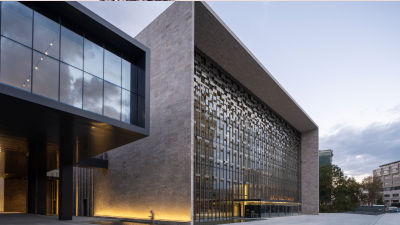 Situated in Taksim Square, where the heart of Istanbul beats, Ataturk Cultural Center shines out as one of the biggest and most important symbols of Istanbul. With its name changed several times since the very first day it was built, Ataturk Cultural Center was first proposed by the architect Henri Prost in 1936 and accepted by Ismet Inonu. The foundations of Ataturk Cultural Center were laid in 1946 during the reign of Lutfi Kirdar, the Governor of Istanbul. It was opened after 23 years in 1969.
Situated in Taksim Square, where the heart of Istanbul beats, Ataturk Cultural Center shines out as one of the biggest and most important symbols of Istanbul. With its name changed several times since the very first day it was built, Ataturk Cultural Center was first proposed by the architect Henri Prost in 1936 and accepted by Ismet Inonu. The foundations of Ataturk Cultural Center were laid in 1946 during the reign of Lutfi Kirdar, the Governor of Istanbul. It was opened after 23 years in 1969.
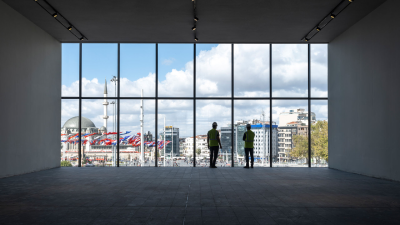 AKM, which was called as Istanbul Cultural Palace during that period, was destroyed largely by a fire that broke out in 1970. AKM, the repair of which took 8 years and was completed in 1978, reopened and continued to serve until 2000s. In 2005, demolition was brought to the agenda by Atilla Koc, the then Minister of Culture. AKM was closed in 2008 because it was not safe, and it was completely demolished in 2018. Ataturk Cultural Center was redesigned by the architect Murat Tabanlioglu and reopened for the third time.
AKM, which was called as Istanbul Cultural Palace during that period, was destroyed largely by a fire that broke out in 1970. AKM, the repair of which took 8 years and was completed in 1978, reopened and continued to serve until 2000s. In 2005, demolition was brought to the agenda by Atilla Koc, the then Minister of Culture. AKM was closed in 2008 because it was not safe, and it was completely demolished in 2018. Ataturk Cultural Center was redesigned by the architect Murat Tabanlioglu and reopened for the third time.
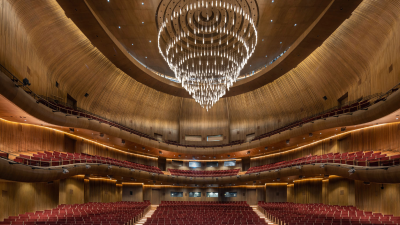 AKM, which was shaped with the idea of building an opera house in Taksim Square and was always talked about until its construction was completed, made an indelible impression not only for those in Istanbul but across Turkey. AKM, one of the most distinguished spots where the art lovers meet, keeps spreading the light of culture. Having served as the fourth largest art center all over the world in 1969, AKM was reopened on October 29, 2021.
AKM, which was shaped with the idea of building an opera house in Taksim Square and was always talked about until its construction was completed, made an indelible impression not only for those in Istanbul but across Turkey. AKM, one of the most distinguished spots where the art lovers meet, keeps spreading the light of culture. Having served as the fourth largest art center all over the world in 1969, AKM was reopened on October 29, 2021.
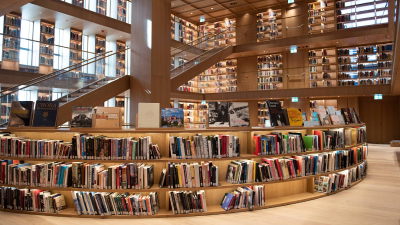 AKM with its Brand-New Image
AKM with its Brand-New Image
AKM, which was renovated by TOKI, consists of 5 separate blocks with an indoor area of 95 thousand 600 square meters. The renovated building features an opera hall with a capacity of 2.400 people, a theater with a capacity of 802 people, a culture street, a two-storey library, children's art center, an exhibition hall, cinema, music platform, cafés, restaurants and a design shop.
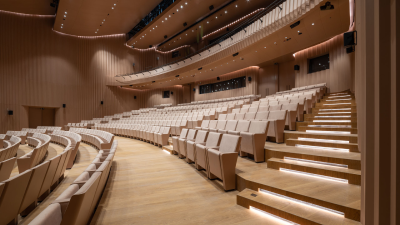 70% of the materials used for the construction of Ataturk Cultural Center were domestic. Significant arrangements were made with the landscaping project carried out in an area of 6 thousand 100 square meters around the center. The Opera House has 14 floors and covers an area of 49 thousand square meters.
70% of the materials used for the construction of Ataturk Cultural Center were domestic. Significant arrangements were made with the landscaping project carried out in an area of 6 thousand 100 square meters around the center. The Opera House has 14 floors and covers an area of 49 thousand square meters.
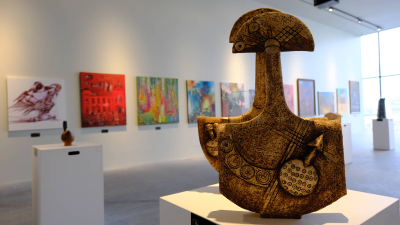 What Does AKM Consist Of?
What Does AKM Consist Of?
The culture street built in AKM features also an art gallery, cinema, restaurant, café, book café, children's art center, music platform, library, design shop and multi-purpose hall. AKM also features 4 basements of 48,705 square meters, a stage, backstage rooms, foyer areas, storage and workshop areas, ballet halls, soloist and orchestra rooms, rehearsal halls, recording studio, art galleries, exhibition halls and coffee houses.
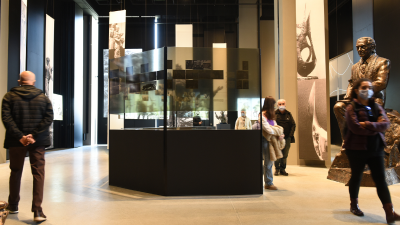 The stage equipment and systems with the latest technology in the building are remarkable. The 65-meter-deep stage features 4 main stage elevators. The stage also consists of a rotating stage platform. All of the halls in Ataturk Cultural Center were renovated with the top-quality materials in terms of acoustics, light and audio systems.
The stage equipment and systems with the latest technology in the building are remarkable. The 65-meter-deep stage features 4 main stage elevators. The stage also consists of a rotating stage platform. All of the halls in Ataturk Cultural Center were renovated with the top-quality materials in terms of acoustics, light and audio systems.
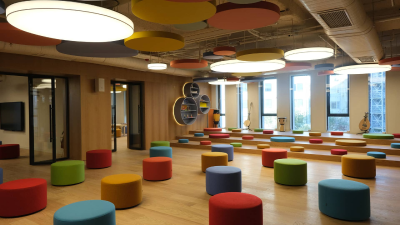 A stage exclusively for children is also available in the Children's Art Center, which consists of 4 practicing rooms. The section decorated with colorful furniture and lighting is intended for colorful works suitable for children. You can find detailed information about Ataturk Cultural Center on the magazine M’GENTA, which is published within the organization of Barut Hotels.
A stage exclusively for children is also available in the Children's Art Center, which consists of 4 practicing rooms. The section decorated with colorful furniture and lighting is intended for colorful works suitable for children. You can find detailed information about Ataturk Cultural Center on the magazine M’GENTA, which is published within the organization of Barut Hotels.
Recommended For You
Rumba and Flamenco: Music Genr...
The warm breeze of the Mediter...
Read MoreHow to Cope with Jet Lag...
Long-distance flights often ca...
Read MoreDecoration Tips for Small Home...
Small homes are living spaces ...
Read More